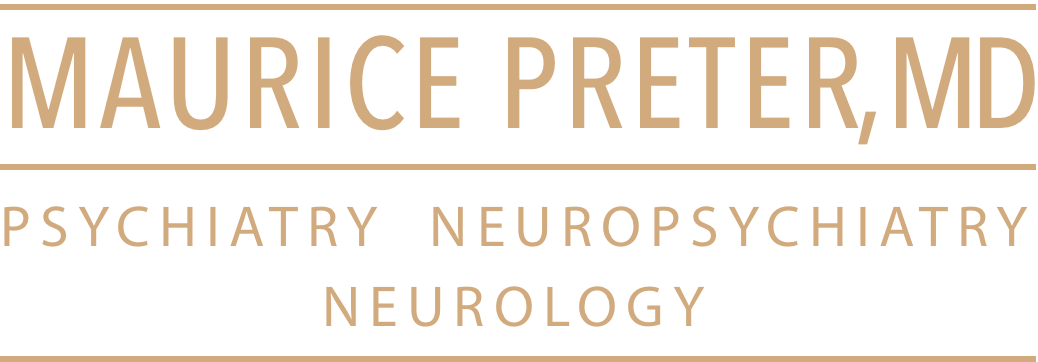Nifty paper on the predictive validity of the impression of “old age”. Here is the abstract:
__________________________________________
Predicting Mortality From Human Faces
- Dominika Dykiert, PhD,
- Timothy C. Bates, PhD,
- Alan J. Gow, PhD,
- Lars Penke, PhD,
- John M. Starr, MA, FRCPE and
- Ian J. Deary, PhD, FRCPE
+ Author Affiliations
From the Centre for Cognitive Ageing and Cognitive Epidemiology (D.D., T.C.B., A.J.G., L.P., J.M.S., I.J.D.), Department of Psychology (D.D., T.C.B., A.J.G., L.P., I.J.D.), and Geriatric Medicine Unit (J.M.S.), University of Edinburgh, Edinburgh, United Kingdom.
- Address correspondence and reprint requests to Ian J. Deary, PhD, FRCPE, or Timothy C. Bates, PhD, Centre for Cognitive Ageing and Cognitive Epidemiology, Department of Psychology, University of Edinburgh, 7 George Sq, Edinburgh EH8 9JZ, United Kingdom. E-mail: i.deary@ed.ac.uk; tim.bates@ed.ac.uk
Abstract
Objective To investigate whether and to what extent mortality is predictable from facial photographs of older people.
Methods High-quality facial photographs of 292 members of the Lothian Birth Cohort 1921, taken at the age of about 83 years, were rated in terms of apparent age, health, attractiveness, facial symmetry, intelligence, and well-being by 12 young-adult raters. Cox proportional hazards regression was used to study associations between these ratings and mortality during a 7-year follow-up period.
Results All ratings had adequate reliability. Concurrent validity was found for facial symmetry and intelligence (as determined by correlations with actual measures of fluctuating asymmetry in the faces and Raven Standard Progressive Matrices score, respectively), but not for the other traits. Age as rated from facial photographs, adjusted for sex and chronological age, was a significant predictor of mortality (hazard ratio = 1.36, 95% confidence interval = 1.12–1.65) and remained significant even after controlling for concurrent, objectively measured health and cognitive ability, and the other ratings. Health as rated from facial photographs, adjusted for sex and chronological age, significantly predicted mortality (hazard ratio = 0.81, 95% confidence interval = 0.67–0.99) but not after adjusting for rated age or objectively measured health and cognition. Rated attractiveness, symmetry, intelligence, and well-being were not significantly associated with mortality risk.
Conclusions Rated age of the face is a significant predictor of mortality risk among older people, with predictive value over and above that of objective or rated health status and cognitive ability.
Key words
- Abbreviations:
- BLSA
- Baltimore Longitudinal Study of Aging
- BP
- blood pressure
- FA
- fluctuating asymmetry
- ICC
- intraclass correlation
- LBC1921
- Lothian Birth Cohort 1921
- MMSE
- Mini Mental State Examination
- SPM
- Standard Progressive Matrices
- Received December 6, 2011.
- Revision received February 6, 2012.
- Copyright © 2012 by the American Psychosomatic Society
